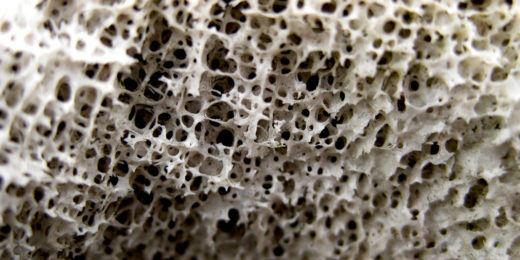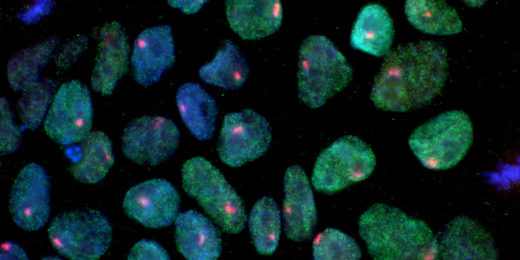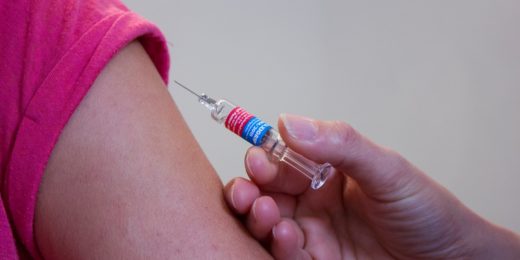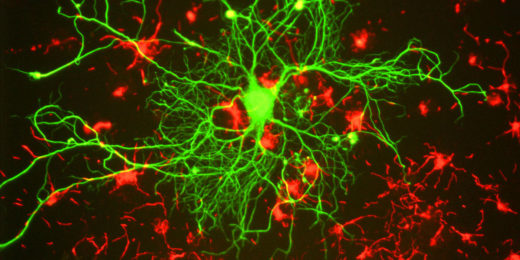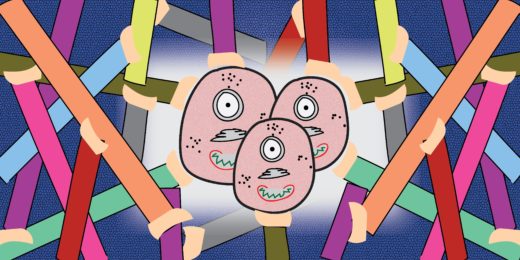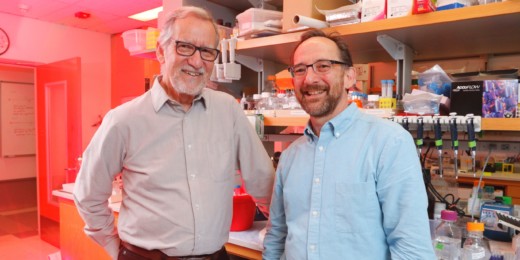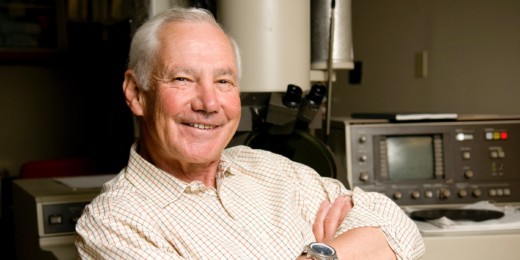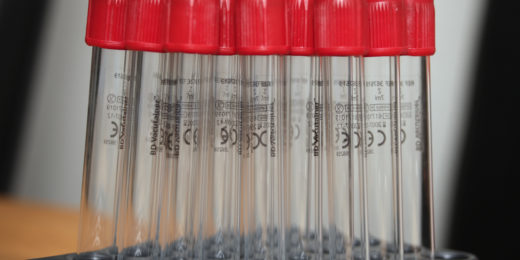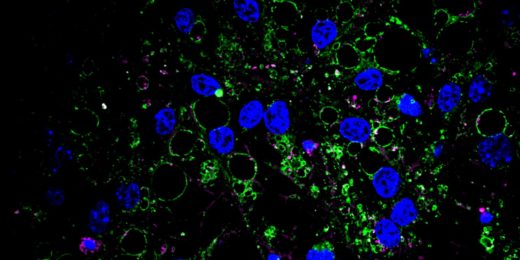Humans' big brains may increase the risk of psychiatric disorders. Stanford researchers identify previously hidden DNA region that could be to blame.
Author: Krista Conger
Frequent skin cancers might indicate increased risk for other cancers
People who develop abnormal numbers of skin cancers called basal cell carcinomas may be at increased risk of other, unrelated internal cancers.
Osteoporosis risk predicted with genetic test
A genetic test may predict at an early age those likely to develop osteoporosis. Knowing your risk may allow easy interventions to prevent future fractures.
Peering into reprogramming’s black box, Stanford researchers ID critical stem cell creation protein
Stanford researchers identify a new protein that can fully substitute for one of the key "Yamanaka factors" to reprogram adult stem cells.
Aiming to wipe out cervical cancer with HPV vaccine, screening
The American Cancer Society joins forces with National Cancer Institute-designated cancer centers to promote the HPV vaccine and eliminate cervical cancer.
“Molecular car wash” aims to make skin cancer surgery quicker and more accurate
A "molecular car wash" may help dermatologists accurately and more quickly identify and remove tiny skin cancers caused by sun damage. The technique also pinpoints subtle molecular differences associated with the cancers that may one day guide treatment.
Neurons from blood cells? Stanford study opens doors to large-scale studies of schizophrenia, autism
Blood cells to neurons in just three weeks? Stanford researchers pull off an amazing biological transformation that could transform research into neurological disorders such as schizophrenia and autism.
Where bioengineering and stem cell science meet, and thrive
Mimicking a stem cells' natural environment in the laboratory is impossible without recent bioengineering advances. Stanford scientists reflect on the field and speculate about future possibilities, including growing whole organs.
Project Lung: Research gets personal for Stanford scientists
When Stanford's James Spudich was diagnosed with lung cancer, one of his first thoughts was of his colleague, lung development expert Mark Krasnow. Within hours a group of Stanford scientists had launched an astoundingly comprehensive study of healthy and diseased human lung tissue from one of their own.
Stanley Falkow, microbe hunter, dies at 84
Renowned microbe enthusiast Stanley Falkow has died at 84. Falkow was known for his generosity, wit and remarkable scientific acumen that led to the founding of the modern field of bacterial pathogenicity — the study of how bacteria cause human disease.
Diet can be used to adjust microbiome composition, new study suggests
The composition of the microbiome can be adjusted by pairing bacterial species with their favorite foods, a new Stanford Medicine study suggests.
Third-hand smoke increases asthma severity in mice
Exposure to 'third-hand smoke' — that is, the chemicals left behind on household surfaces after smoke has dissipated — increases the severity of asthma symptoms in mice. Stanford researchers are working to learn how this happens, and whether it might be possible to protect people with asthma from this exposure.
Good fences make good neighbors — Stanford researchers unravel mystery about a well-known cancer culprit
Stanford researchers solve a long-standing mystery as to how mutations in a neighboring stretch of DNA can increase the expression of a cancer-associated gene called Myc. The finding highlights a potential new class of targets to block cancer cell growth.
Telomerase key to liver regeneration, Stanford researchers find
Liver cells expressing high levels of telomerase – a protein normally associated with resistance to aging and implicated in cancers and stem cell maintenance – are necessary to regenerate the organ after normal cell turnover or in response to damage.
Understanding male breast cancer
Breast cancer in men and women differ in levels of cancer-associated gene expression and the relative risk of recurrence after initially successful treatment. Some men have a higher risk than women, whereas others have a much lower risk.
Aging neural stem cells struggle to take out the trash, say Stanford researchers
Protein aggregates in young neural stem cells seem to echo those seen in neurodegenerative disease-- but could they actually be helpful? As the cells age, they become less able to process the aggregates and their ability to activate is dampened.




